Do your kids struggle with independent play? Then you’ve come to the right place!
Independent play, a simple yet powerful concept, is often overshadowed in a world where structured activities and digital distractions reign supreme. Kids spend their days in school or shuttled to adult-directed activities such as soccer, art class, and Lego robotics.
Yet, it is in unstructured moments that a child’s imagination and self-sufficiency flourish and are central to educational philosophies such as Montessori and Reggio Emilia. I love stepping back and watching my students, engrossed in their world of blocks and dolls, narrating stories that are uniquely theirs—a testament to the magic of independent play.
Independent play is necessary for all kids, and I’m here to share tips to help you foster it!
In this post:
- Understanding Independent Play
- What’s so important about independent play?
- Benefits of Independent Play
- Tips for Fostering Independent Play
Understanding Independent Play
Independent play is when kids engage in play without direct adult guidance or intervention. This doesn’t mean neglect; it’s about letting a child direct their own play. A child can play like this on their own or with other kids.
This happens during unstructured times during the day.
As kids grow, independent play evolves, from a toddler’s explorative play to a school-aged child’s complex imaginative scenarios.
At what age can kids begin playing independently?
At birth! You can begin fostering independent play by providing babies time each day when you are not interacting with them. This can be done by placing them on a blanket or in a bassinet and allowing them to move freely. Avoid “baby containers,” such as swings or seats that hold them in one position.
Step back and simply let them be as long as they are content!
Janet Lansbury has an article where she talks more about infant play.
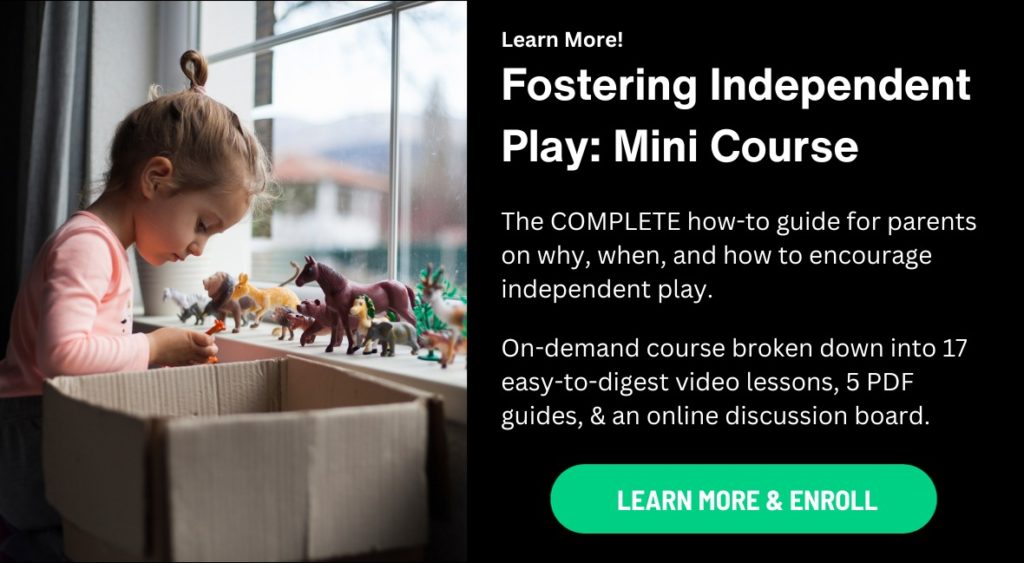
What’s so important about independent play?
Many parents wish that their kids would play more independently so that they could get a break! And while this is a totally valid reason, it’s also really important that kids play without you.
You see, kids play differently with you/adults than they do with other kids. Play with adults usually goes in one of two directions: either the child bosses the adult around or the adult takes over and directs the play.
Some kids become extra bossy when playing with adults. They decide who, what, and how the adult will play.
- “You can be the grandma cooking the cake! Here, you need to wear this hat and say….”
Often, adults don’t mind going along with the child and are perfectly happy to do whatever the child says. But another child wouldn’t play this way. Another child would sometimes say no and add their own ideas. This leads to negotiation and give and take. Kids quickly learn that if they become too bossy other kids might quit the game. They are motivated to accommodate others in order to keep the play going.
Sometimes, when adults play with kids, the opposite happens, and the adult takes over the play. Soon, the adult is controlling and directing the play, and it becomes all about their ideas. This limits the kids’ creativity and drive. Kids learn to rely on adults for ideas and entertainment.
It’s important to provide play opportunities that are free from adults!
- Looking for more ways to foster independence! Check out all my favorite Montessori floorbeds!
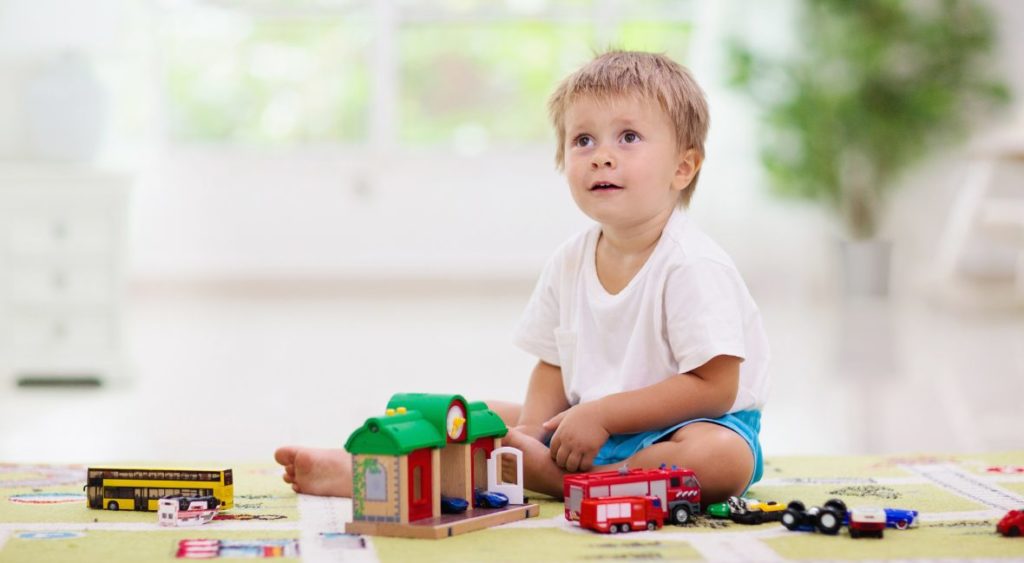
Benefits of Independent Play
There are many benefits of independent play! Again, when I refer to independent play I mean play that is independent of adults. I am not using this to mean solo play, it can involve other kids.
Key Benefits of Independent Play:
• Adults get a break
Sometimes parents and caregivers just need a break from engaging with kids or just need to get one of 5 million tasks done (and no, there’s no way to get all the chores done while kids sleep)! Fostering independent play is a great way for adults to get this much-needed break.
Instead of feeling guilty, remember that it’s super important for kids to learn to direct their own time and play without you! Sit back and enjoy your coffee, knowing that you are helping to foster development!
• Develop Personal Interests
Independent play allows kids to engage in the activities they find most interesting. No one is telling them how or what they should play. This leads to increased focus, engagement, creativity, and problem-solving skills.
Kids can explore and develop their personal interests at their own pace, without the influence or direction of adults. This autonomy in play nurtures a deeper sense of identity and passion.
• Creativity and Imagination
This type of play is a fertile ground for developing creativity. Without scripts or guidelines, kids invent scenarios, solve problems, and explore freely.
When playing together, kids often come up with imaginative games and scenarios together, fostering creativity. They learn to cooperate and work as a team, developing skills that are essential for group dynamics. Group play without adult intervention can lead to more elaborate and imaginative games, as kids bounce ideas off each other and build on their collective creativity.
• Autonomy and Decision Making
Playing independently and with peers allows kids to make their own decisions and choices, boosting their sense of autonomy and confidence in their abilities. They build self-reliance as they make decisions and entertain themselves.
• Emotional Resilience
Kids learn to manage emotions such as frustration, anger, and disappointment in a real-world context. They develop resilience as they navigate the ups and downs of blocks, towers falling over, and social interactions.
• Social Skills and Boundaries
When kids play with others without adult intervention, they learn to communicate, share, negotiate, make decisions, and resolve conflicts on their own. This enhances their social skills and emotional intelligence. In the process of interacting, kids learn to assert themselves and set personal boundaries, which is a crucial life skill.
This environment can also encourage the development of leadership skills as kids naturally take on different roles within their play.
Playing with peers also teaches kids about social cues and norms. They learn to read body language and facial expressions and understand the perspectives of others.
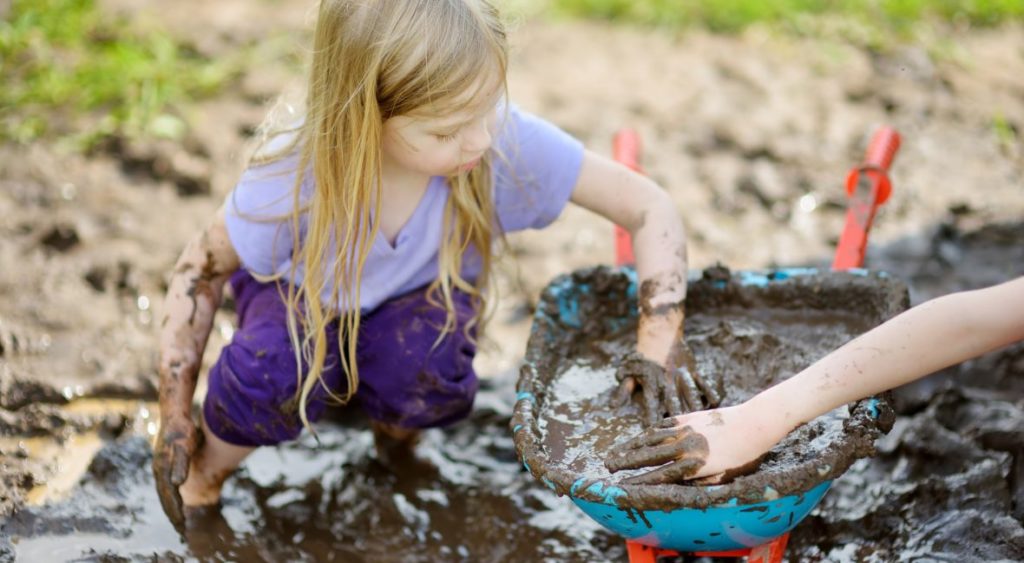
Tips for Fostering Independent Play
Creating an environment that invites independent play doesn’t require elaborate setups. It’s about safety, simplicity, and accessibility.
Here are a few simple ideas to help you foster independent play:
1. Allow for lots and lots (and lots) of unstructured time!
It takes time to build play muscles, and if kids are used to being entertained by you, screens, or adult-directed activities, they will need lots of time to practice.
Schedule a 1 to 3-hour block of unstructured time into each day. It can be helpful to pick a similar time each day so as to make it part of the routine. I find that this is easiest to do during the morning. Pick a time that works best for your family.
During this time, turn off all screens and allow for boredom. This motivates kids to find things to do. They could play, read books, do art projects, or help you with tasks around the house. Remember: you can’t make them play! It’s important to allow them to decide how they will use the time and avoid statements such as, “Go play!” as these just invite power struggles.
Large blocks of unstructured time also allow play to develop. Unlike short blocks of time where kids are forced to clean up and move on to another activity, long blocks of time allow kids to become deeply engaged in play. They have the time to build a giant tower and get out all the animals and develop an elaborate story.
2. Don’t interrupt when kids are focused!
When kids are focused on a task or engaged in play, KEEP YOUR MOUTH SHUT!
Each time you interrupt them to make a comment, suggestion, or to teach something, you are breaking their concentration, inserting yourself into their play, and slowly whittling away at their independent play skills. You are teaching kids to rely on you for input and interaction. No wonder why they don’t play independently!
When your child is deeply focused, honor the moment no matter how short. Maybe that’s 20 seconds of looking into a storm drain while on a walk or 2 minutes of lining up cars while playing.
Feel free to acknowledge kids when they turn to you, but never interrupt when they are focused!
Focus on building connections during routine moments of the day instead of during play.
During:
- bathtime
- mealtimes
- car rides
- when getting ready
- out on a walk
3. Create a YES space!
Create a fully child-proofed YES space where kids can play without you needing to step in to keep them safe, redirect, or tell them no. Spaces like this eliminate the need to hover or insert yourself into kids’ play.
Secure all furniture, remove anything you don’t want kids to touch/play with, and place toys at a low level where kids can get them out all on their own.
4. Step back and get busy (and hold your boundaries)!
When you’re hovering over your kids as they play, they’re obviously going to turn to you and try to involve you in their play. It’s important to begin working on your own projects.
Instead:
- do some chores
- workout
- read a book
- cook
Kids might join you in your task, or they might play. That is up to them. The important part is that you follow through on what you’d like to get done. I know, sticking to boundaries is hard, but this is how kids learn that you mean what you say!
Avoid rescuing kids when they get bored! Avoid giving suggestions, turning on devices, or stepping in and playing with kids. You can validate kids’ feelings while still holding the boundary:
- “I hear you! You’re sooo bored and wish that I would play with you AND I’m going to finish folding this laundry.”
They will slowly learn to direct their own time and look to you less often for play ideas.
5. Provide open-ended play items/toys
Invite more independent play with open-ended toys. Open-ended toys are simple toys that are not overly specific. They can be played with in endless ways. If you gave the same toy to 10 kids, they all could do something different with it.
Here are some examples of open-ended toys:
- blocks
- blankets
- cardboard boxes
- playdough
- realistic toy animals
- sand and water table
- silk scarves
All of these play items can be used day after day in new and creative ways. A silk scarf can be a cape, a doll blanket, a tablecloth, or used for dancing. Blocks can be used for building or become play food.
Toys to avoid:
- overly specific toys
- flashy, loud battery powered toys
- overly gendered toys
- giant junky plastic sets of toys
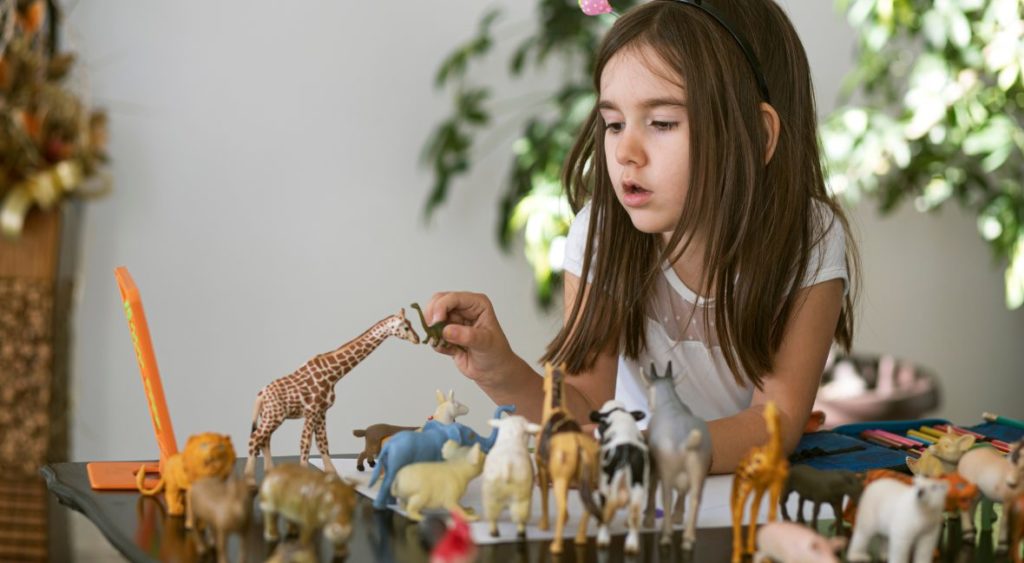
Final Thoughts
Independent play is an essential component of childhood, nurturing creativity, self-reliance, and emotional maturity. It’s not about extravagant toys or constant entertainment but about providing space and opportunity for kids to explore their world independently.
So, let’s encourage these moments of play, stepping back to watch the wonders unfold.
If you’re looking to become an independent play expert (and earn yourself a break), take our popular course, Fostering Independent Play! You’ll get all the tools you need to get your kids playing without you!


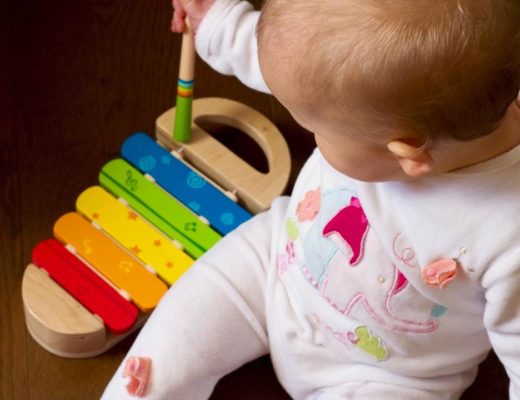
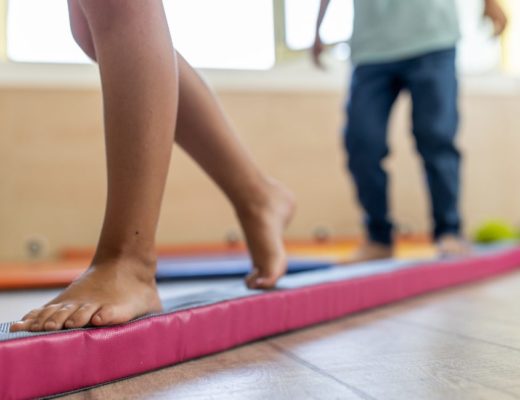
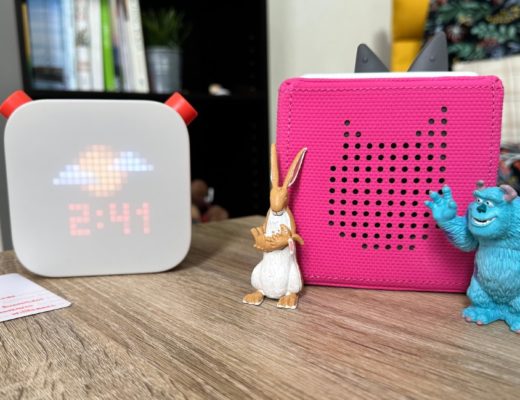
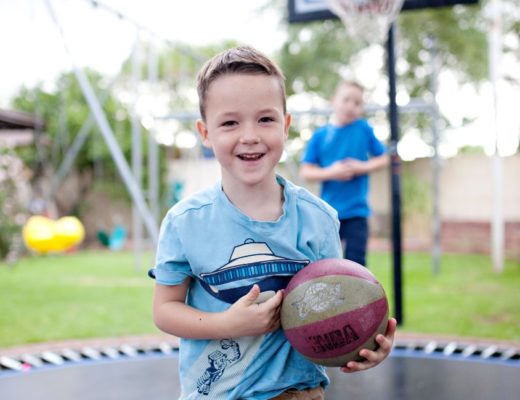
No Comments